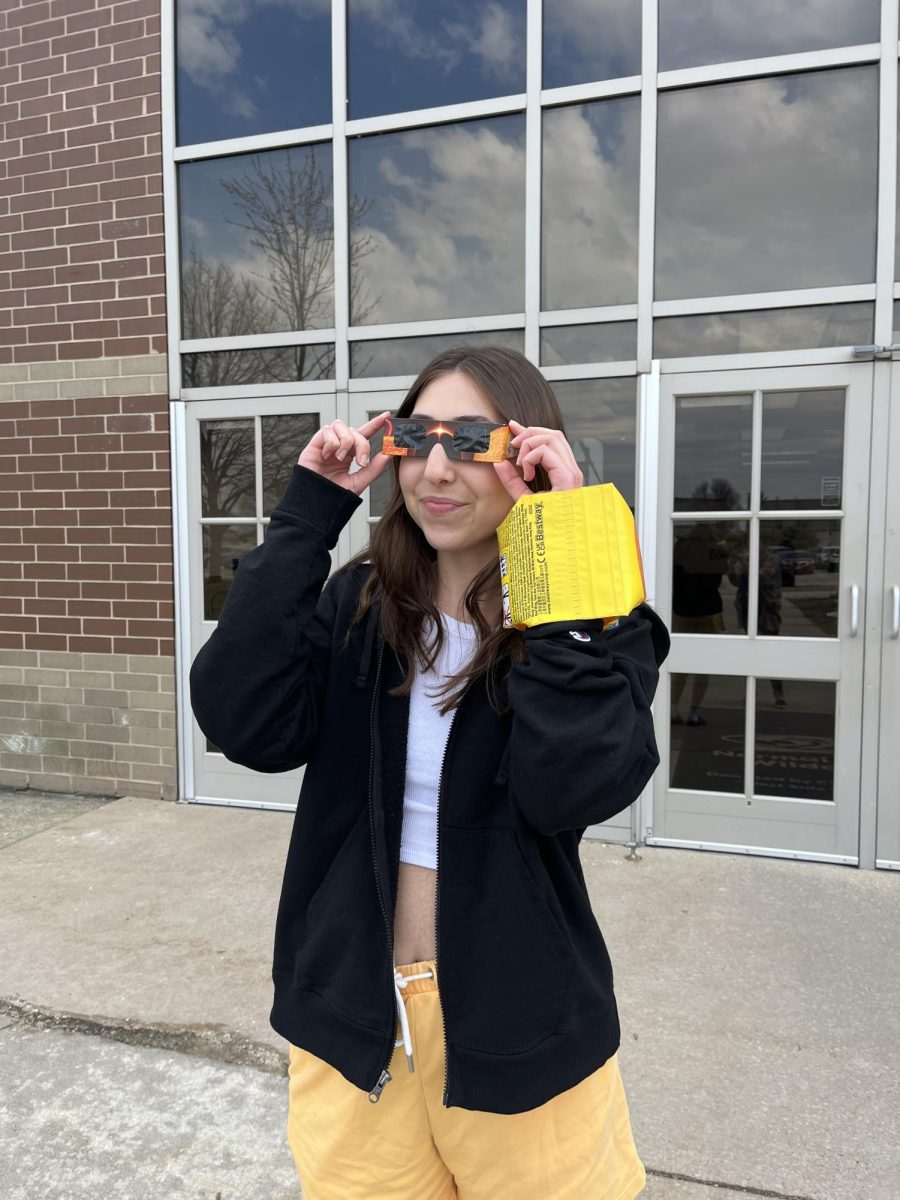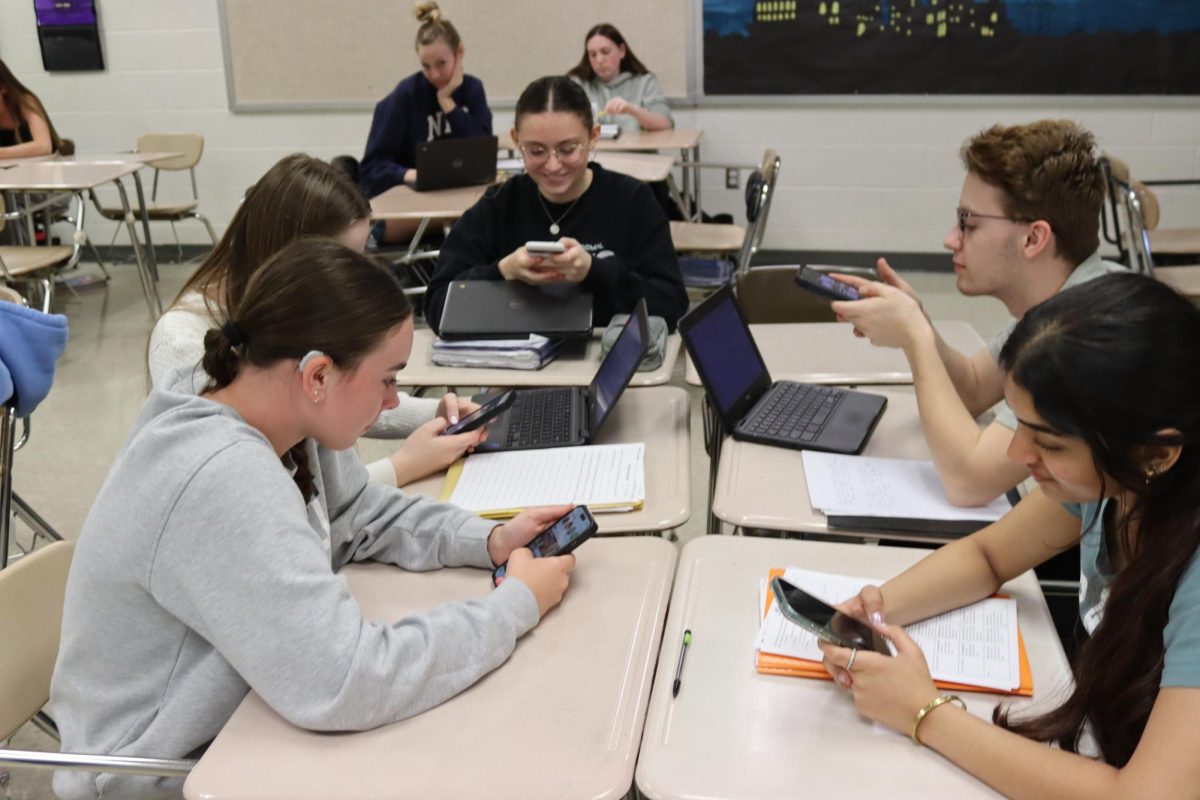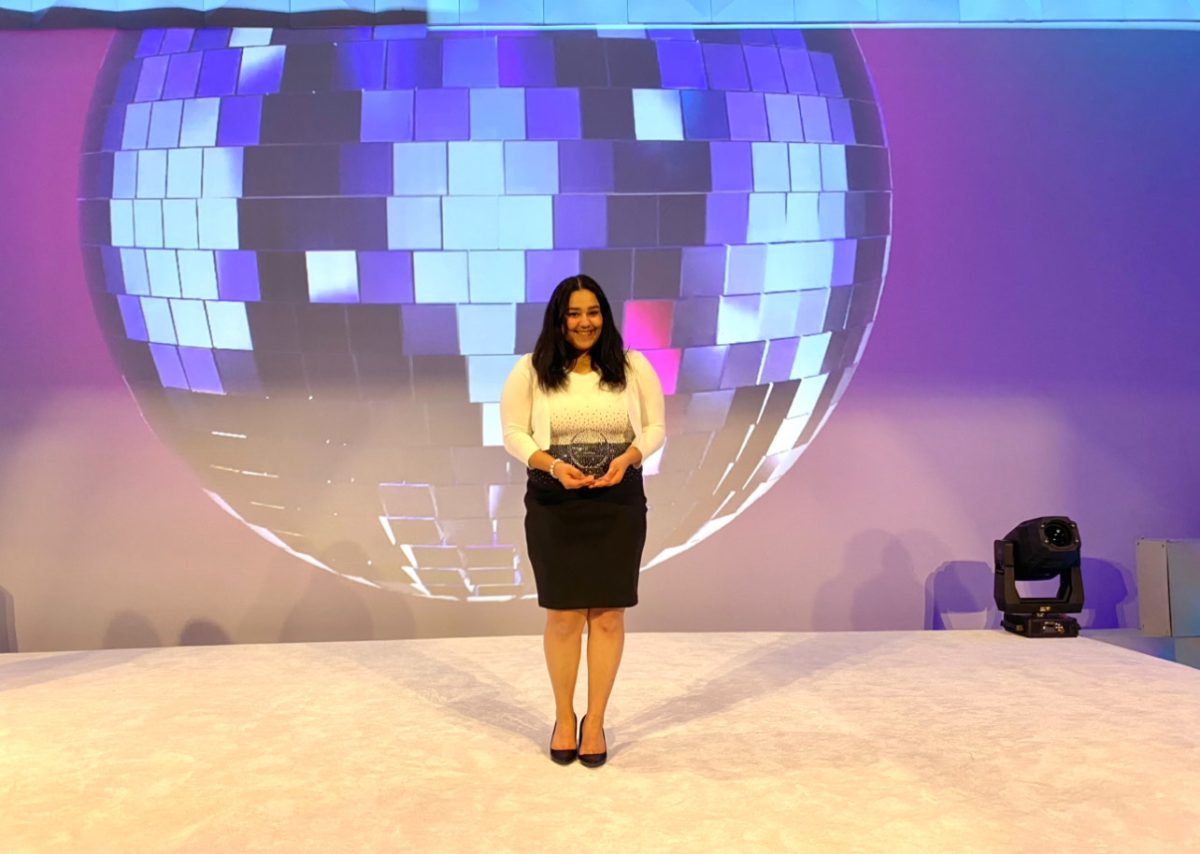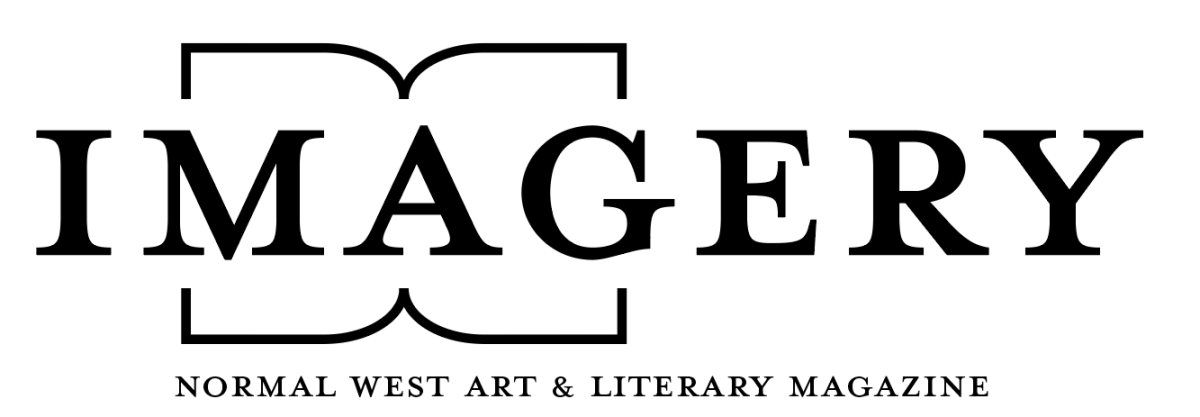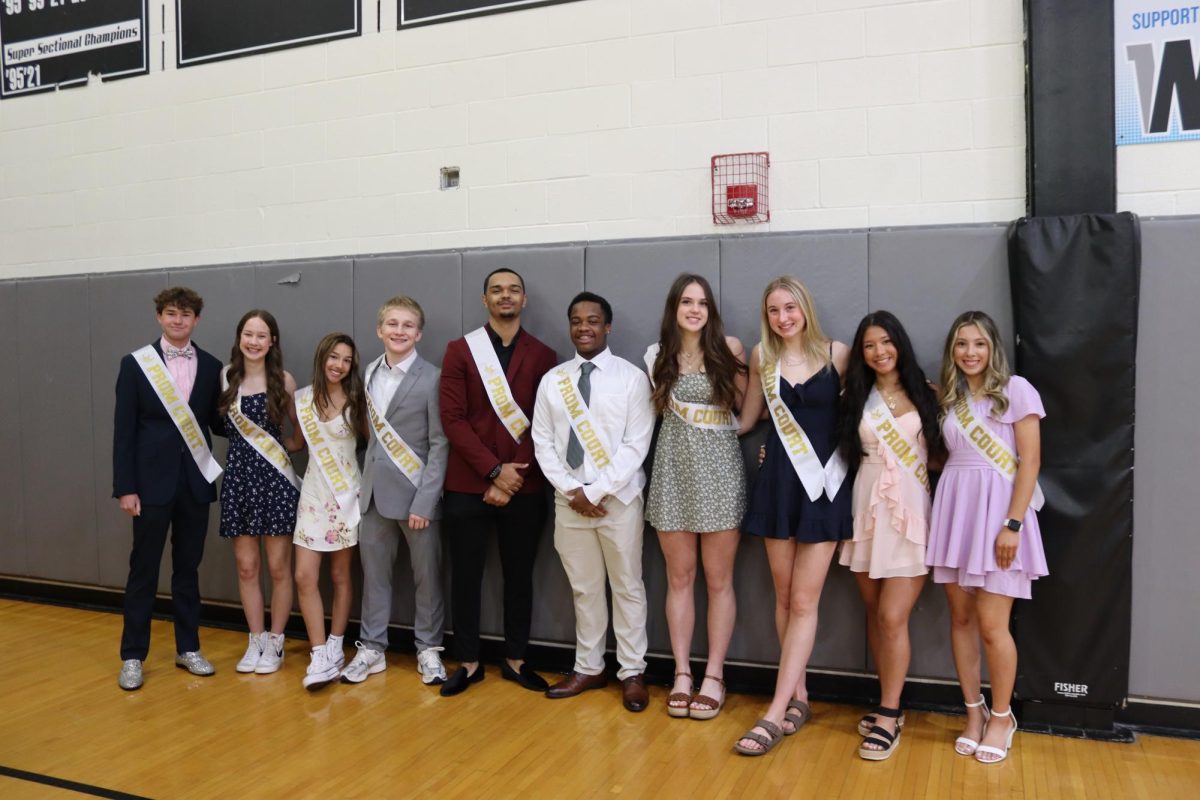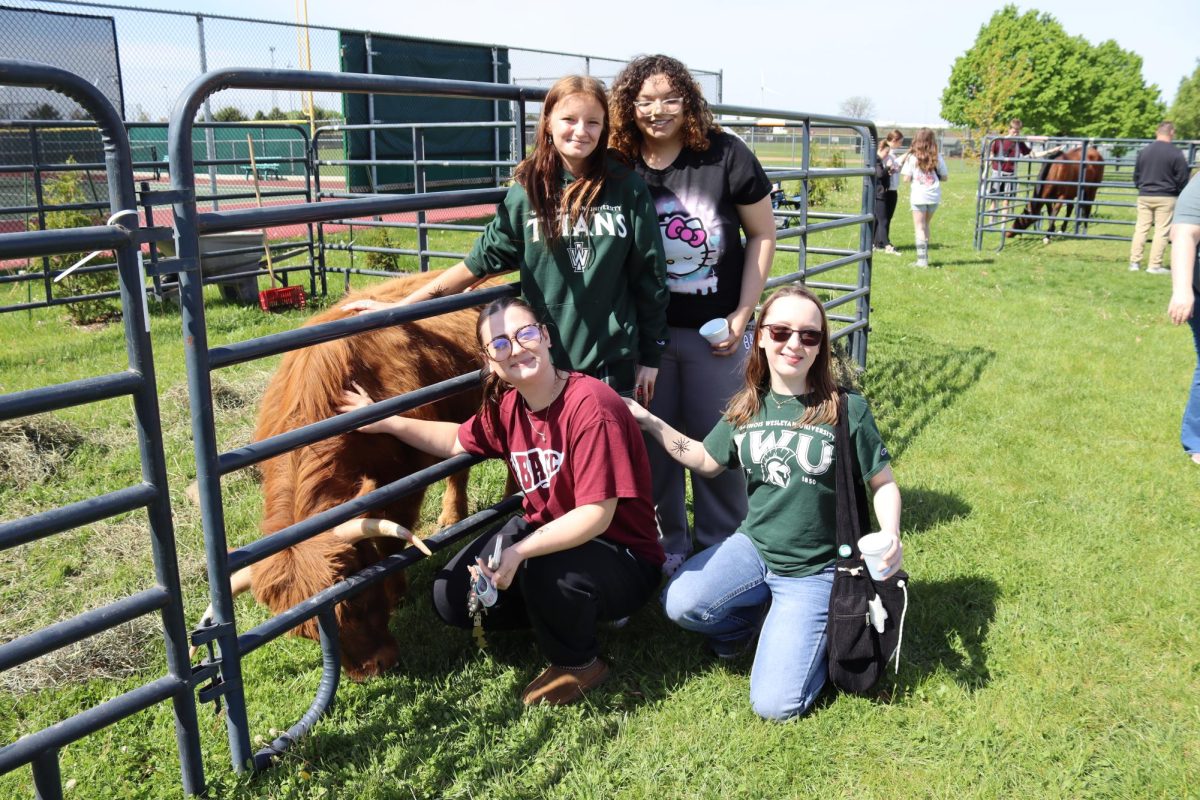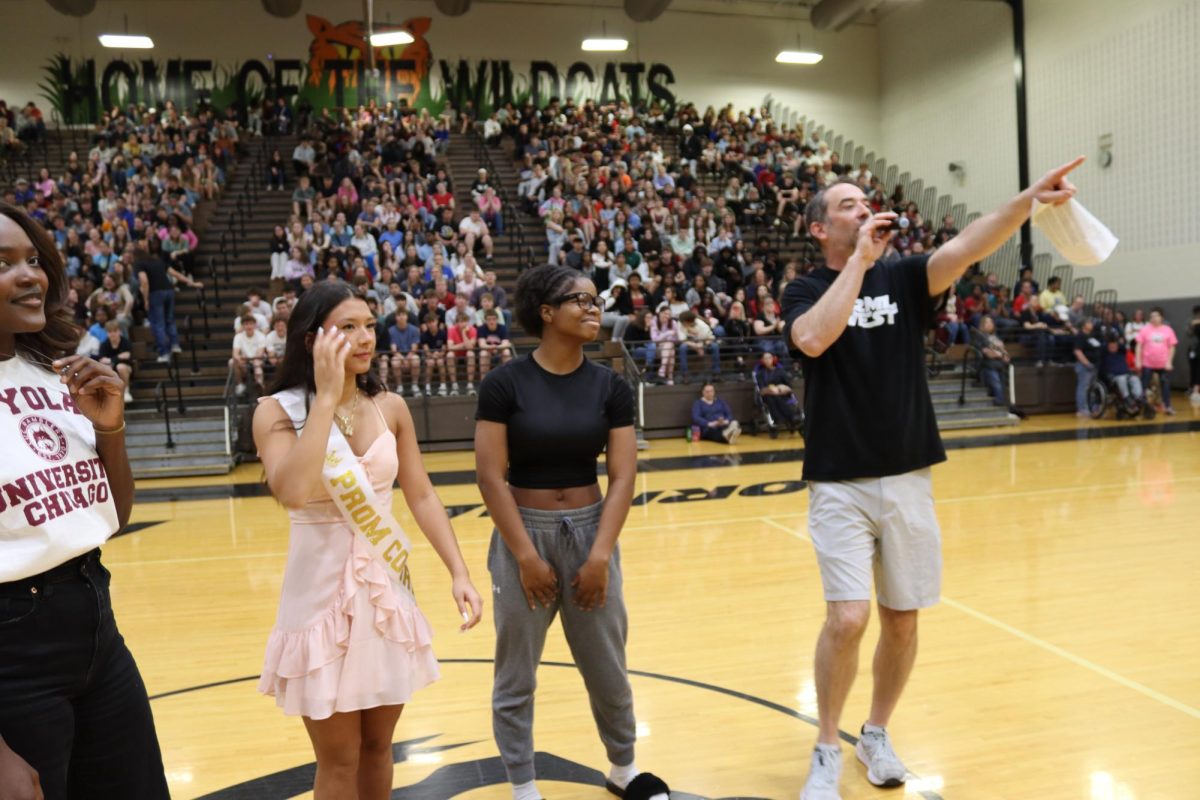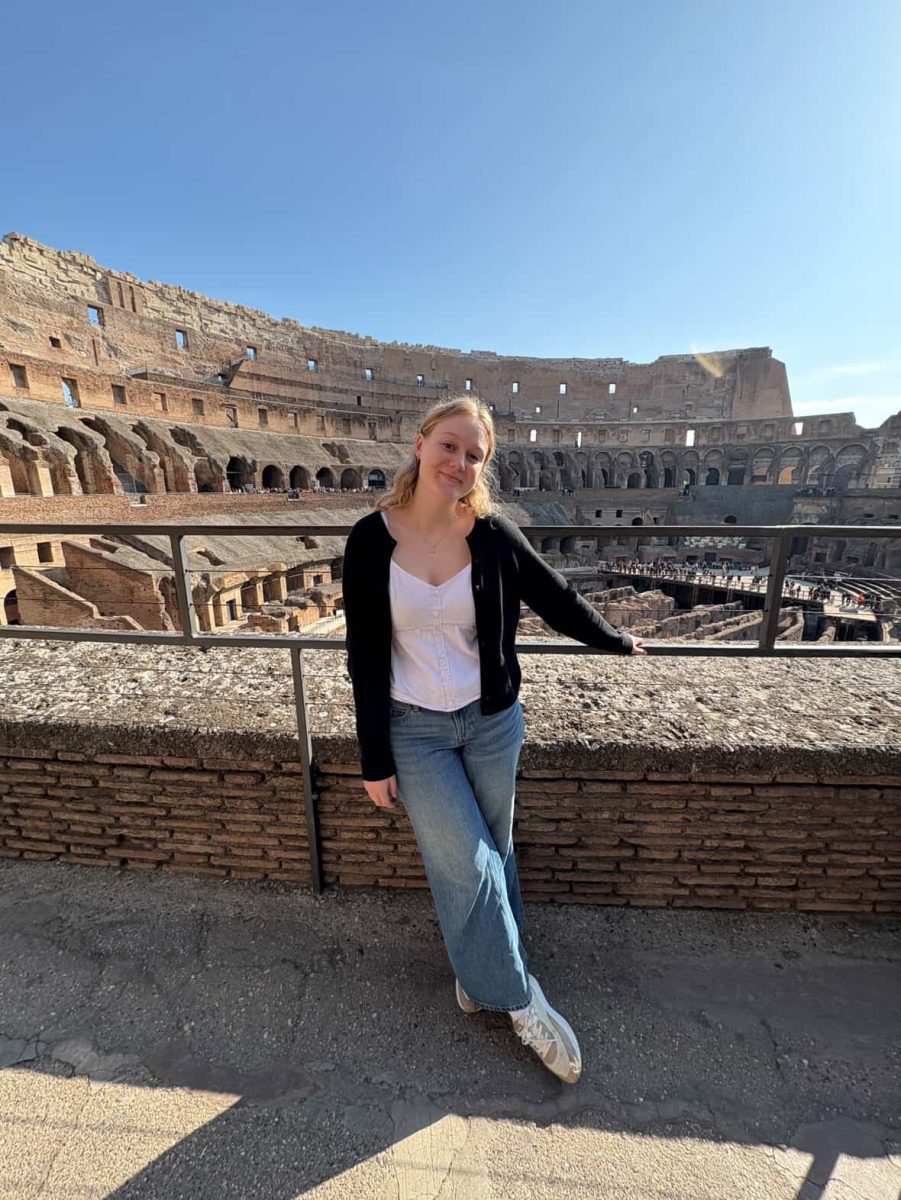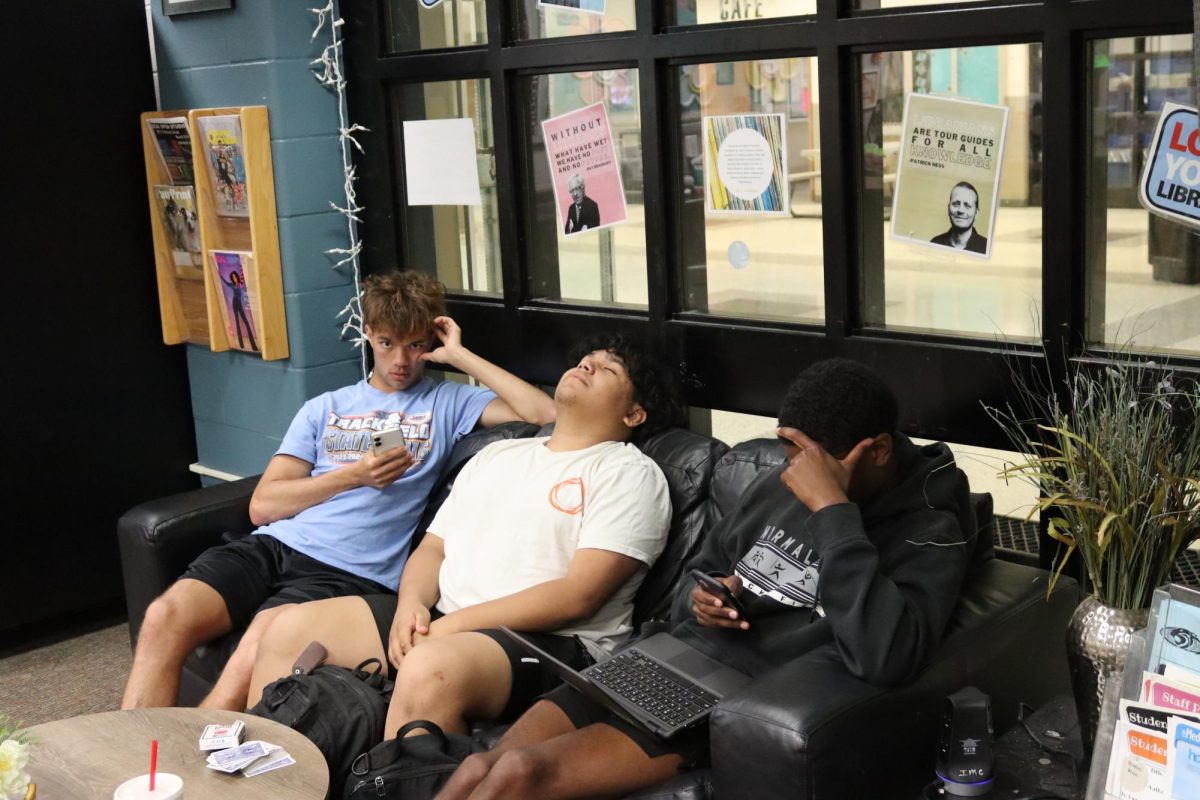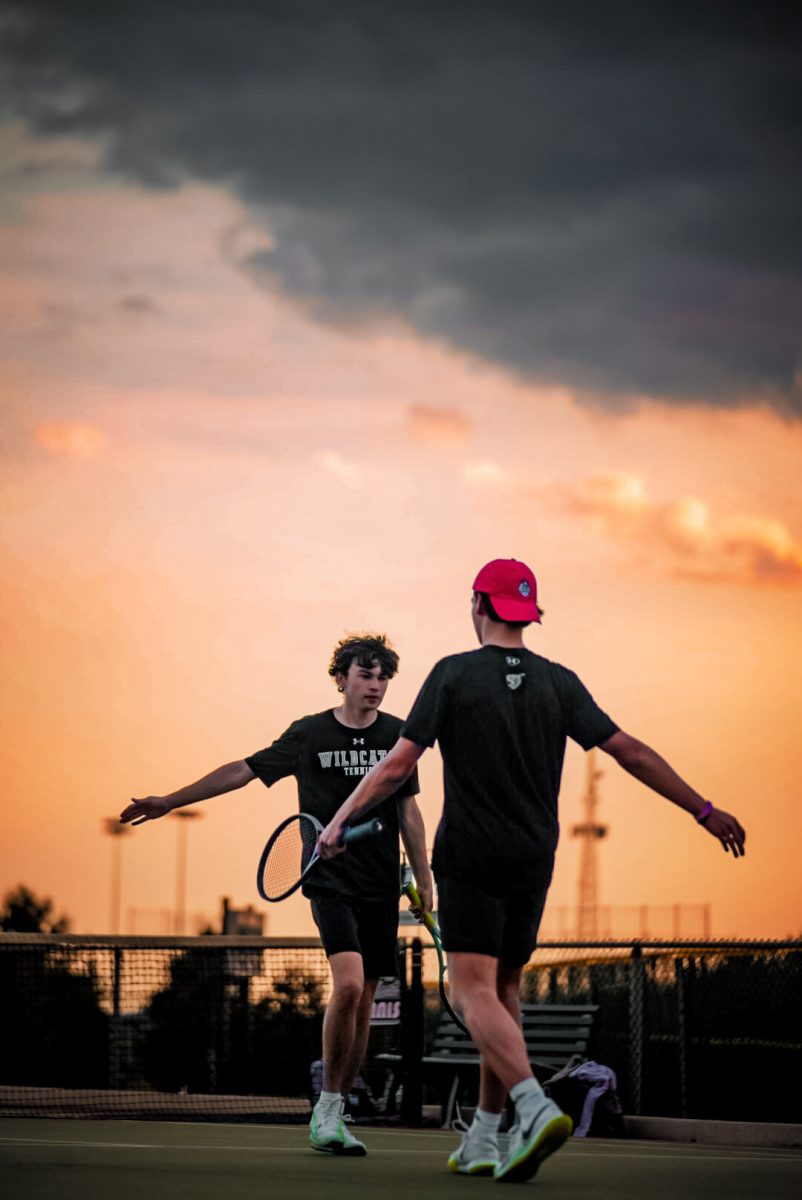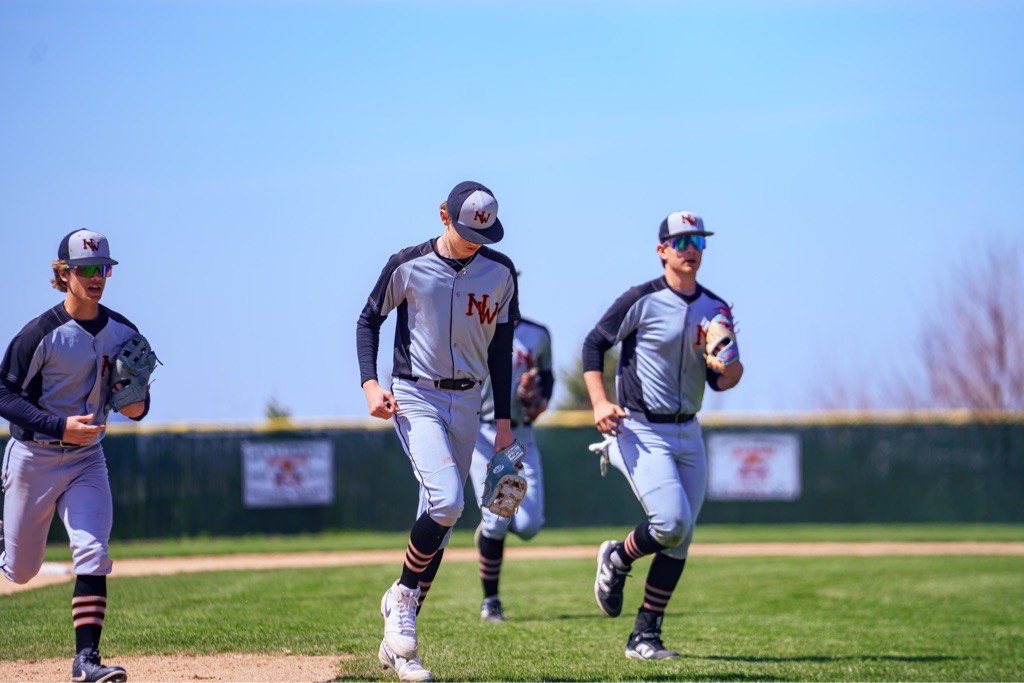Back in August of 2017, Normal experienced a partial eclipse.
Schools everywhere went outside, put on UV protective glasses, and witnessed the astronomical event.
For many, it was the first time seeing an eclipse.
The 2017 eclipse was viewed by some 215 million Americans, making it the most viewed eclipse in American history.
However, despite how many people saw it, not many fully understand how eclipses happen. Many also don’t understand the risk of looking at a partial eclipse with the naked eye.
First, some basic astronomy: as Earth travels around its orbit around the Sun, the moon orbits the Earth. The Moon orbits the Earth mostly independently of the Sun’s gravity, so this means that the moon isn’t restricted to the dark side of Earth and can sometimes be seen on the bright side.
Occasionally, the Sun, Moon, and Earth line up in such a way that the moon obscures the Sun’s light, making an eclipse.
That explains a total solar eclipse, but a partial eclipse is just the edges of the moon’s shadow on Earth.
One way to demonstrate this is by turning on your phone’s flashlight and putting your finger an inch or two away from it. The edges of your finger’s shadow should be a bit hazy. Those edges are similar to what a partial eclipse is.
Now as for why UV glasses are so crucial for safely observing the eclipse, the Sun’s light contains UV radiation which will damage retinas, when exposed.
While it may seem like the Sun isn’t shining during a partial eclipse, it’s important to remember that it’s still sending UV rays onto the Earth.
During a total eclipse there is a window of time that you can actually look at it with the naked eye.
Unit 5 will be providing UV glasses to all students and staff during this year’s eclipse. At West, all 7th hour classes are invited to view it on April 8th.

